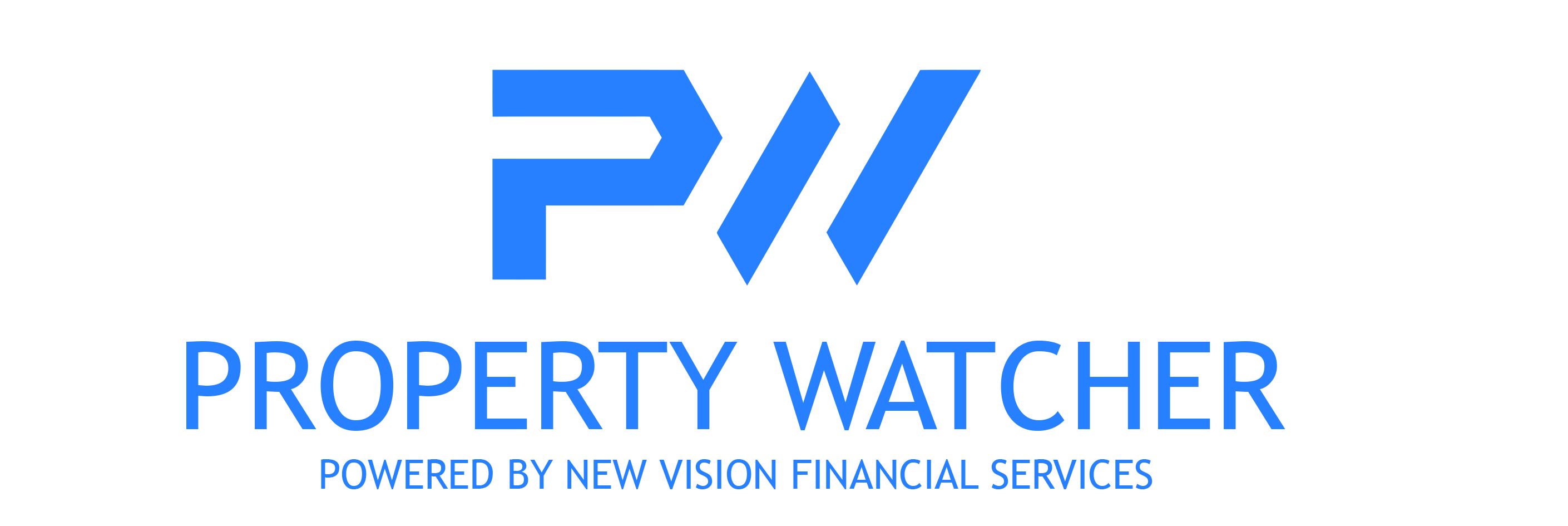As the cost of living continues to rise, its ripple effects are felt across various sectors of the economy, including the property market. From housing affordability to rental rates and property investment, the cost of living crisis is reshaping the landscape of real estate in profound ways. Understanding these impacts is essential for homeowners, renters, investors, and policymakers alike as they navigate the challenges and opportunities presented by the current economic climate.
One of the most visible impacts of the cost of living crisis on the property market is the affordability challenge facing prospective homebuyers. With stagnant wages and increasing living expenses, many individuals and families find themselves priced out of the housing market, unable to afford rising home prices and mortgage payments. As a result, homeownership rates may decline, particularly among younger generations and low- to middle-income households, leading to increased demand for rental housing and exacerbating affordability issues in the rental market.
In the rental market, the cost of living crisis is driving up rental rates as property owners seek to cover rising property expenses and maximise their returns on investment. As rental affordability becomes increasingly out of reach for many tenants, particularly in high-demand urban areas, renters may face financial strain and housing insecurity, forcing them to make difficult trade-offs between housing costs and other essential expenses. Rising rental rates may further fuel demand for affordable housing solutions and government intervention to address housing affordability challenges.
For property investors, the cost of living crisis presents both risks and opportunities. On one hand, rising living expenses and affordability challenges may dampen demand for real estate investment, particularly in markets where housing affordability is already strained. On the other hand, investors may seek out alternative investment strategies, such as multifamily properties, affordable housing developments, or properties in emerging markets that offer greater potential for returns and long-term stability.
The cost of living crisis can also influence property market dynamics in terms of supply and demand. In regions experiencing population growth, economic expansion, or housing shortages, demand for housing may outpace supply, driving up property prices and rental rates. Conversely, in areas with stagnant economic growth, population decline, or oversupply of housing, property values and rental rates may stagnate or decline as demand wanes.
The post How the cost of living crisis shapes the property market first appeared on New Vision Real Estate.
